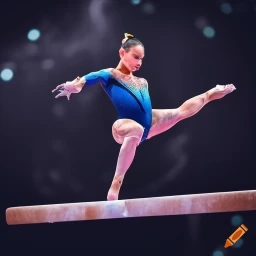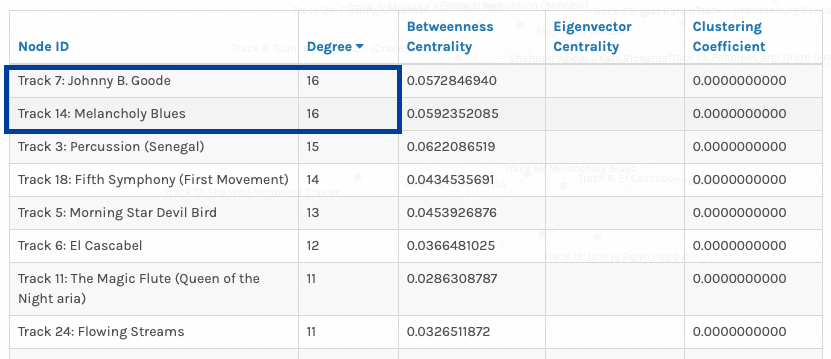Prompt:
Describe or narrate a scenario about a piece of clothing found a few years into a future in which “progress” has continued. Your description should address issues related to communication and elicit feelings of contentment.
Scenario:
Suzette stands in front of her closet looking at her collection of clothes. The articles of clothing look like ordinary pieces that resemble pieces that exists today; however, each piece is filled with possibility. Technological advances have transformed the clothing industry, and each piece of clothing now has the ability to transport the wearer into a virtual world, recreating the environment, time, and surroundings of when that piece of clothing was first worn.
In this future, regrets, life-altering decisions, and questions such as ‘what-if’ or ‘if only’ are no longer hypotheticals. They can be revisited and re-experienced, providing a unique opportunity for re-living, re-direction and closure.
Suzette reflects upon her life and one regrettable moment that has haunted her is not standing up for her friend who was bullied in the second grade. Determined to face this regret, she chooses a summer dress that she first wore on the first day of second grade. As she ties the bow at the back of her dress, she looks up to find herself standing in the middle of her second-grade classroom. She is there, right in the middle of the group of children, but this time, with her adult mind in her younger self’s body, she feels a newfound courage. She steps forward to speak up and re-write the moment that has caused her so much regret for years.
Reflection:
Part of being human as we know it today is living in the present moment, cherishing memories, experiencing moments that we sometimes wish we could take back or change, making decisions that have life-long impacts, and wondering ‘what-if’. With these human aspects come mindsets and emotions that we have become accustomed to – acceptance, happiness, sadness, anger and regret. Dunne and Raby (2013) pessimistically state that “many of the challenges we face today are unfixable and that the only way to overcome them is by changing our values, beliefs, attitudes, and behaviour” (p. 2). Suzette’s closet filled with ‘time travelling, do-over’ clothes opens a world in which we may re-visit or alter moments. If everyone got a do-over on some regrettable moments in their lives, would the world be a better place? Could we change the trajectory of the world, if every person engaged in a small change of one moment? If do-overs were possible, would life, moments, and memories have different meanings and mean less to us?
Dunne and Raby (2013) differentiate between probable futures, plausible futures, possible futures, and preferable futures. While it is arguably not possible to engage in ‘real’ time travel (at least not today!), virtual time travel is in our probable futures with virtual reality technologies becoming more accessible. It will be interesting to observe how the risk-free experimentation that is possible in virtual realities impacts decisions and emotions, blurring the lines of what can be experienced in reality versus fantasy.
Reference
Dunne, A., & Raby, F. (2013). Speculative everything: Design, fiction, and social dreaming. The MIT Press.





